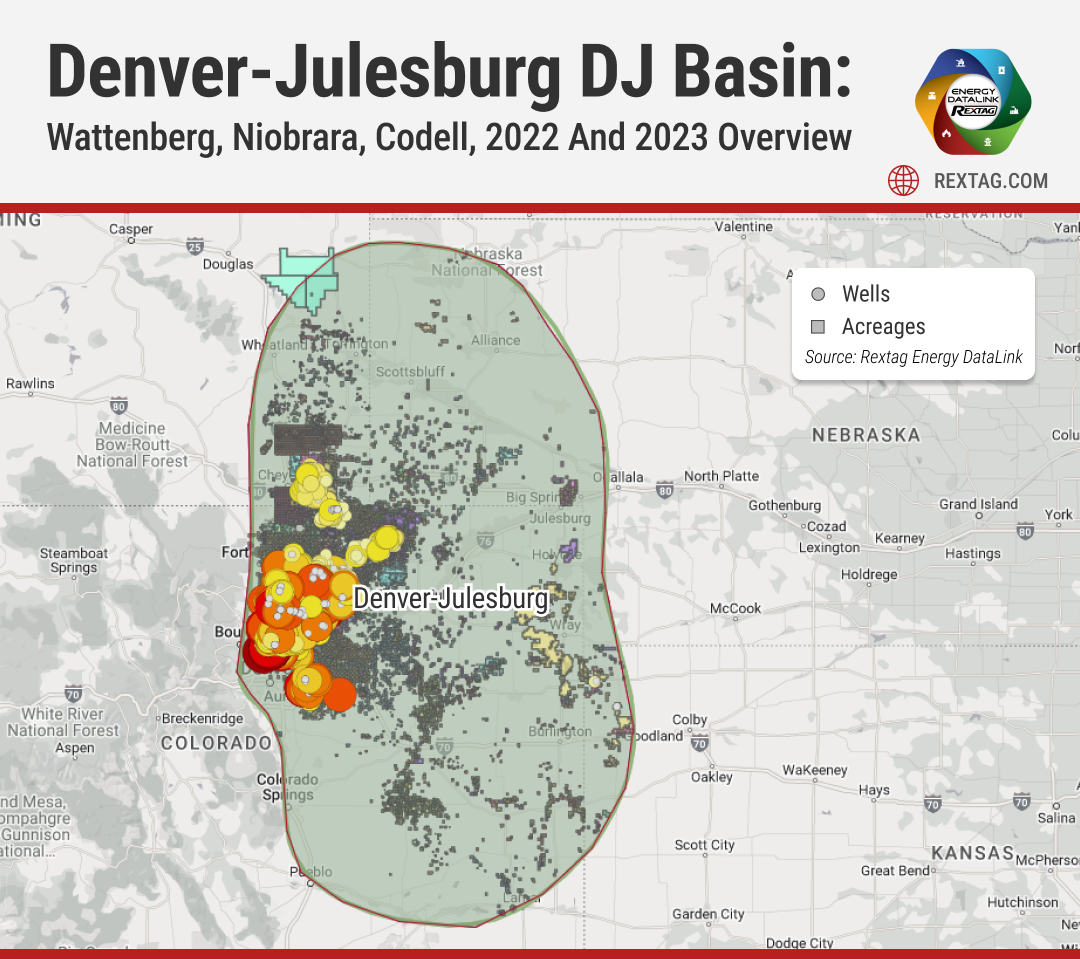Blog
Since days when shale oil and gas technologies were discovered, the U.S. energy industry has been evolving more rapidly than ever before. Many changes are amazing especially when you put them on an industry map. At Rextag not only do we keep you aware of major projects such as pipelines or LNG terminals placed in service. Even less significant news are still important to us, be it new wells drilled or processing plants put to regular maintenance.
Daily improvements often come unnoticed but you can still follow these together with us. Our main input is to “clip it” to the related map: map of crude oil refineries or that of natural gas compressor stations. Where do you get and follow your important industry news? Maybe you are subscribed to your favorite social media feeds or industry journals. Whatever your choice is, you are looking for the story. What happened? Who made it happen? WHY does this matter? (Remember, it is all about ‘What’s in It For Me’ (WIIFM) principle).
How Rextag blog helps? Here we are concerned with looking at things both CLOSELY and FROM A DISTANCE.
"Looking closely" means reflecting where exactly the object is located.
"From a distance" means helping you see a broader picture.
New power plant added in North-East? See exactly what kind of transmission lines approach it and where do they go. Are there other power plants around? GIS data do not come as a mere dot on a map. We collect so many additional data attributes: operator and owner records, physical parameters and production data. Sometimes you will be lucky to grab some specific area maps we share on our blog. Often, there is data behind it as well. Who are top midstream operators in Permian this year? What mileage falls to the share or Kinder Morgan in the San-Juan basin? Do you know? Do you want to know?
All right, then let us see WHERE things happen. Read this blog, capture the energy infrastructure mapped and stay aware with Rextag data!
Denver-Julesburg DJ Basin: Wattenberg, Niobrara, Codell, 2022 and 2023 Overview
The Denver-Julesburg (DJ) Basin, spanning Northern Colorado, Eastern Wyoming, Western Kansas, and parts of Nebraska, stretches from north to south, from north of Cheyenne, Wyoming, down to Colorado Springs. Its primary production field, the Wattenberg gas field, is located in Weld County and Northwestern Adams County in Northeast Colorado. Oil and gas production in the D-J Basin traces back to a discovery in Boulder County, Colorado, in 1901, marking a long history of energy development in the area. The basin is highly productive, primarily due to its stacked plays, similar to those in other regions like the Anadarko Basin (with its SCOOP and STACK plays) and the Permian Basin. This geological feature is a key reason for the high productivity of wells in the DJ Basin.
